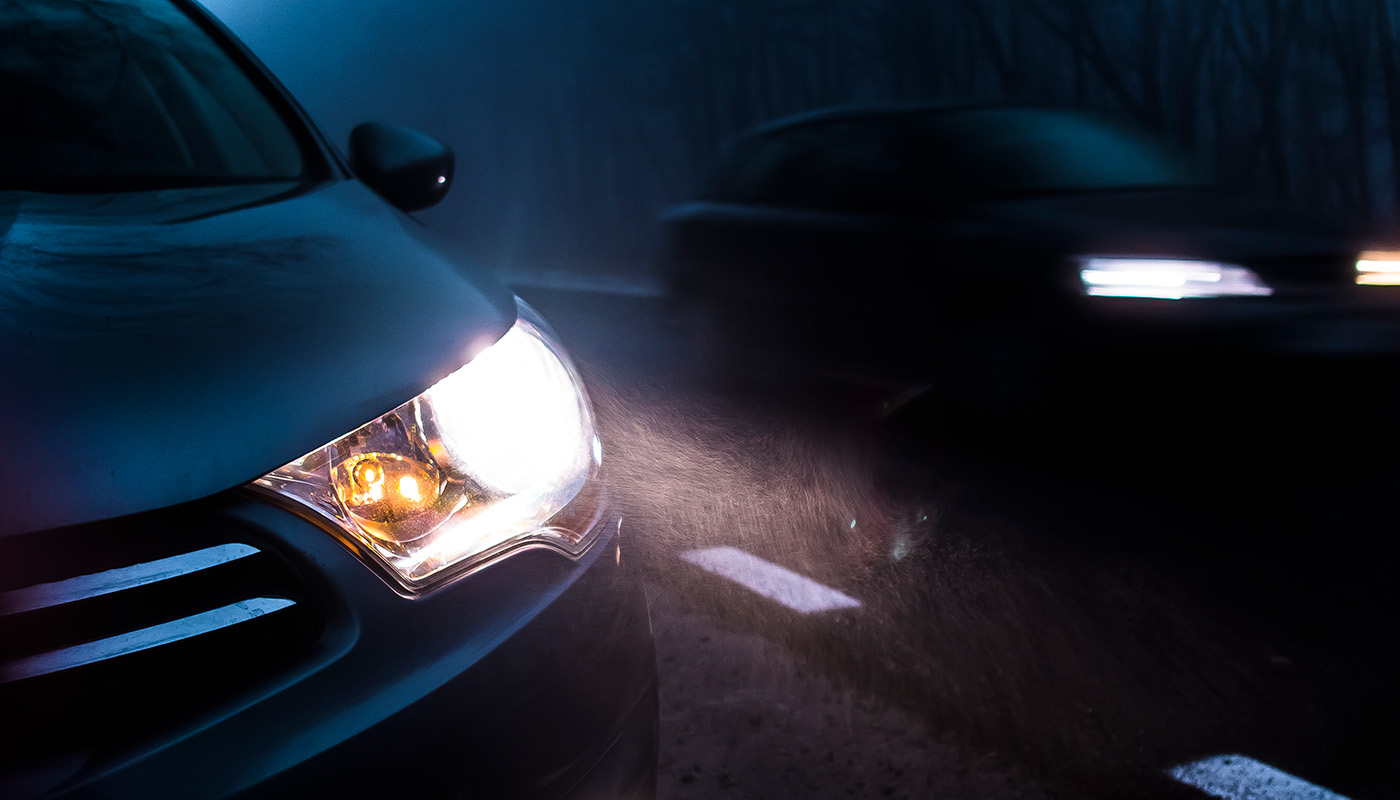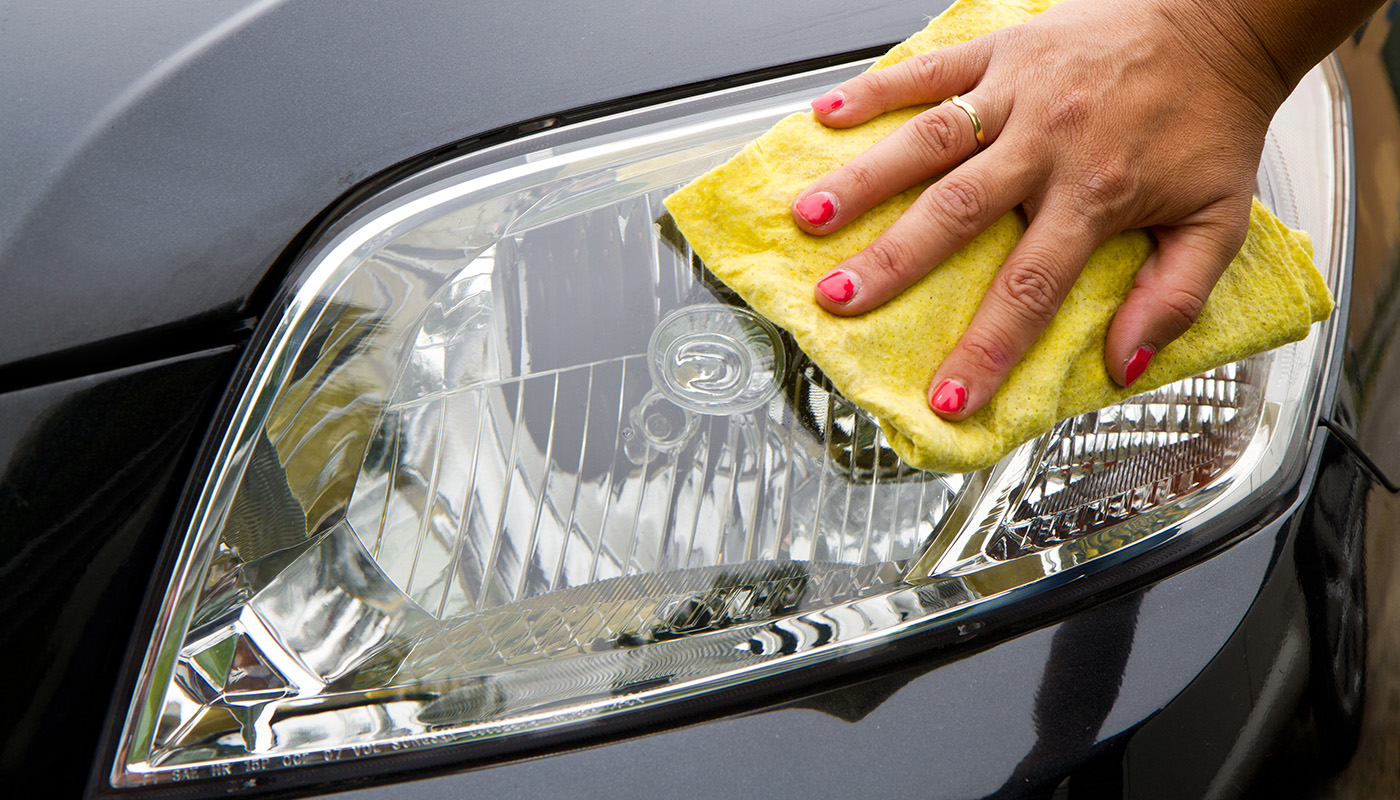From High Beams to Low Beams: 3 Headlight Safety Tips
These quick headlight tips can improve your ability to drive safely at night.
 iStock
iStock
While only 25% of driving is done at night, 50% of traffic deaths occur when the sun is down. In many cases, ineffective car headlights are to blame.
Many drivers aren’t getting the most from their car headlights, whether through improper use or falling short on maintenance, according to research from AAA. Here are three ways to ensure maximum headlight visibility.
1. Use your high beams to light the way.
 iStock
iStock
Improving your nighttime visibility is as simple as flicking a switch. High-beam settings can improve your sight distance by 28%. Despite the added visibility that high beams offer, particularly on unlit roads, AAA found that a surprising 64% of Americans admit to not using these settings regularly.
AAA recommends that you use high beams whenever possible when you’re driving at night on an unlit road—but never when there’s oncoming traffic or a vehicle in front of you.
Many newer U.S. vehicles are equipped with technology that will use high beams when appropriate conditions are present. And in February 2022, the National Highway Traffic Safety Administration ruled that automakers could now install adaptive driving beam headlights on new vehicles to assist with greater visibility. AAA Public Affairs was actively involved with efforts to help get this important legislation passed.
2. Stay at a safe distance to avoid accidents.
 iStock
iStock
Even with the high beams on, headlights may only provide enough light to help drivers safely stop at speeds of up to 48 mph in real-world conditions, leaving drivers vulnerable at highway speeds.
So put even more space between yourself and the cars in front of you, and drive at a safe speed.
Show your vehicle some TLC.
Read More >>3. Headlight restoration helps battle the buildup.
Even with the best technology, your headlights might not be lighting the way as well as they could. Years of ultraviolet rays can cause oxidation and wear down the protective coating on the lenses, causing them to absorb more blue light and emit a weaker, yellowish light. Other potential issues like road damage, dirt, and chemical residue and water vapor trapped inside the headlight can also cause visibility problems.
Restoring old headlights can double the maximum light intensity and reduce glare-producing light scatter by up to 60%. Yet only 20% of Americans have performed this service.
You can clean your headlights, but if there’s no significant improvement after cleaning, or your beams appear to be throwing light in two different directions, get assistance from a professional.
Keep your car headlights shining.
 iStock
iStock
There are also a few simple things you can do to keep your headlights in optimal working condition.
- When possible, park in covered areas.
- Park with your headlights facing away from the sun.
- Wash your car with automotive soap to prevent the buildup of dirt and other substances.
- Purchase a restoration kit from a retailer like NAPA Auto Parts. (AAA Members save 10%.)

